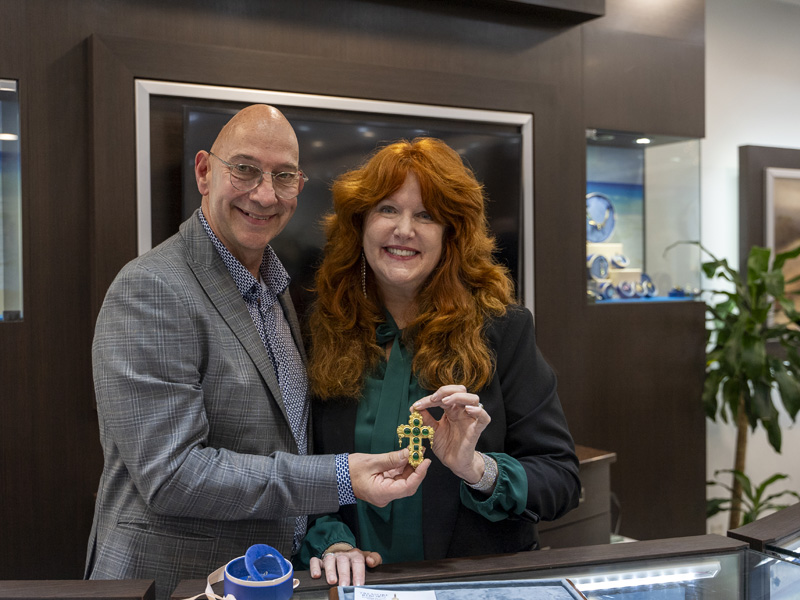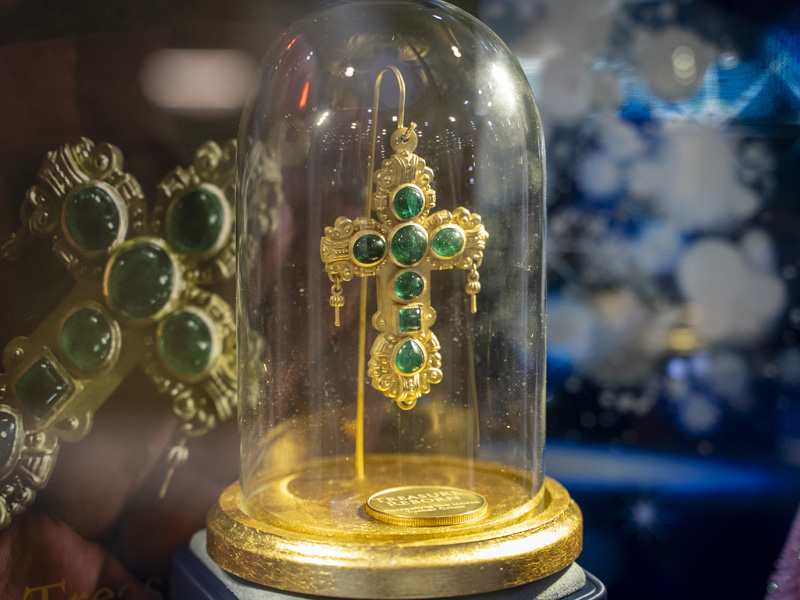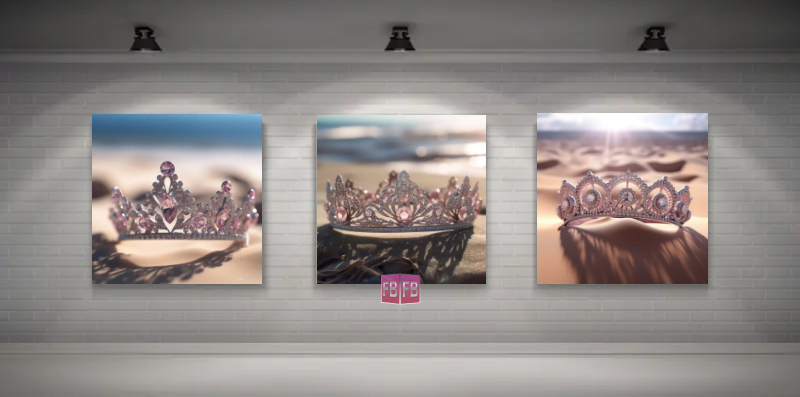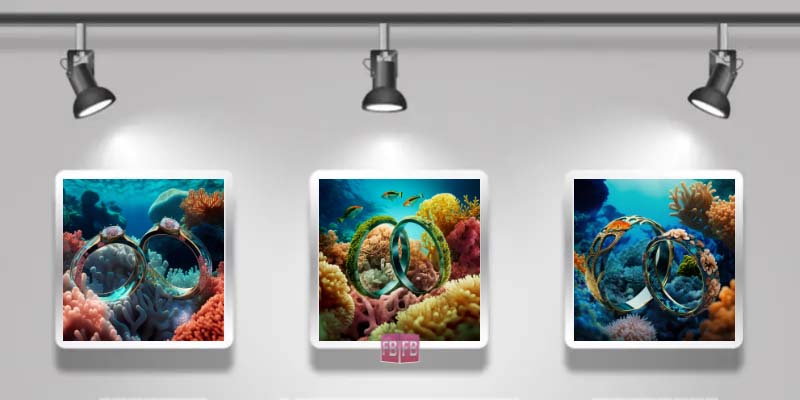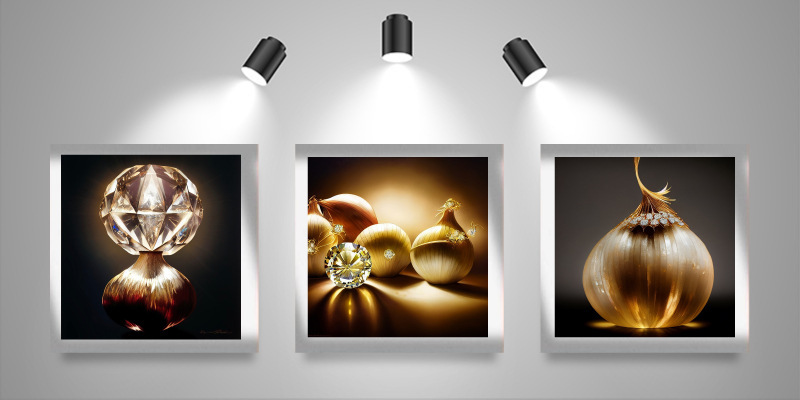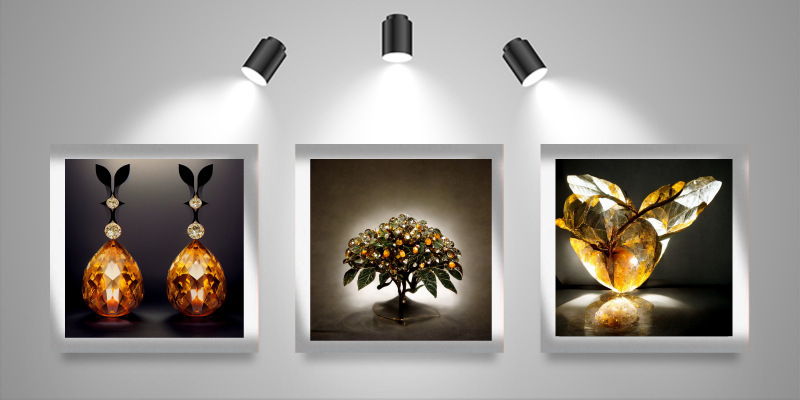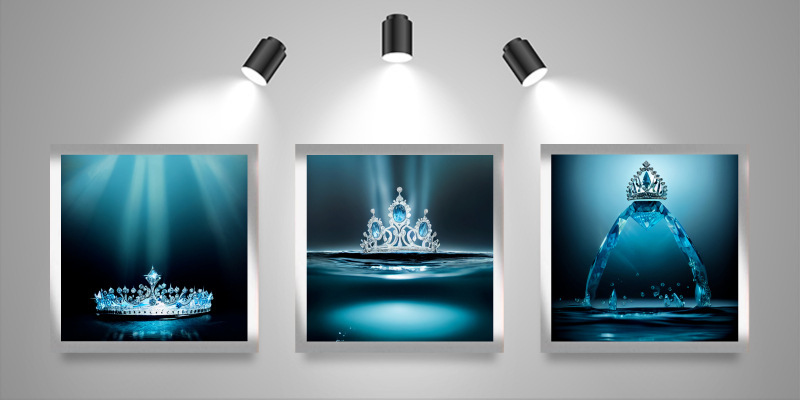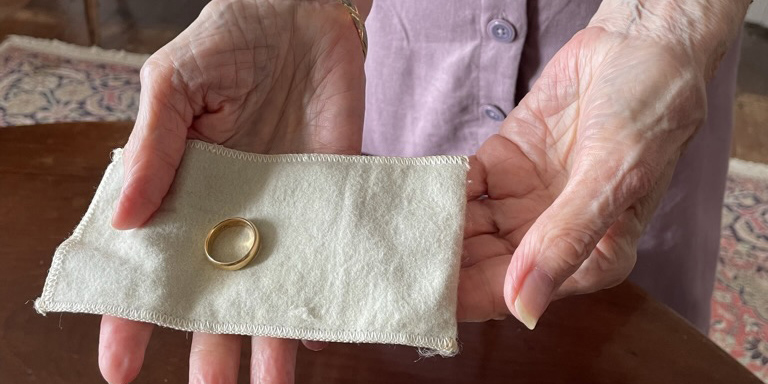The Tucker Cross — which was one of the most expensive items ever recovered from a shipwreck at the time and was later stolen — has been recreated by Bermuda jeweler Astwood Dickinson.
A spokesperson said, “After being discovered in 1955 by Teddy Tucker, at wreck site of the San Pedro, the original Cross was brazenly stolen in 1975 just before it was supposed to be displayed to Queen Elizabeth II. The Cross was never seen again.
“Now, as part of their anniversary celebrations this year, Astwood Dickinson has produced an almost exact replica of the original Teddy Tucker Cross.”
“This has been an incredible collaboration between ourselves, Suna Bros. in New York, and Wendy Tucker,” says Ian Smith, managing director at Astwood Dickinson. “The Tucker Cross is such an important part of Bermuda’s history – the mystery, the intrigue, the value, so to recreate it by being as true to the original as possible has been a very exciting process.”
The spokesperson said, “Working from photos and information from Wendy Tucker’s archives, Astwood Dickinson was able to closely replicate the specifications and design of the gold Cross and the seven emeralds adorning it.”
“There are, of course, many photos of the original Cross and I was happy to give them access to anything they needed,” says Wendy Tucker of her father’s discovery. “It’s a fabulous thing for Astwood Dickinson to do, very creative, so I was more than happy to help.”
The spokesperson said, “To produce the replica Astwood Dickinson engaged Suna Bros., a specialist producer of fine jewelry, in a process that took nearly one year to complete.”
“A piece such as this transcends fine jewelry, it as an object of art,” says Danielle Barber of Suna Bros. “We have crafted significant, award-winning pieces before, but this was next level… in a class of its own. Its history and provenance added another dimension to this project. Recreating it was a weighty responsibility.”
The spokesperson said, “Beginning with a sketch, drawn to scale, Suna Bros.’ master wax carver then created a meticulously carved model that featured every component – gems, bezels and body, front and back. From there the parts of the body were cast in silver, to ensure the design satisfied the specifications, before being cast in 22 karat gold.
“While the gold cross is a creation to behold it is the seven emeralds that are perhaps the most distinctive feature of the Tucker Cross. The almost 40 karats of emeralds were sourced from the Muzo emerald mine in the Andes mountain range of Colombia.”
“Obtaining the emeralds that emulated the look and feel of the original was the true icing on the cake,” says Mr Smith. “Hundreds were examined for colour and quality before selecting the stones that went into the new Cross. Each then had to be recut to the exact size and shape.”
The spokesperson said, “Interestingly, in a process that dates back to the Middle Ages, the Tucker Cross emeralds are Cabochon-cut, as opposed to faceted. This technique emphasizes the smooth domed surfaces and internal features of the stones. With the gems shaped and ready they were each placed in a gold bezel before being soldered into the Cross.”
“Gem cutting is one of the most skilled aspects of creating fine jewelry,” says Ms Barber. “The gems then have to be placed by a skilled stone setter who is adept at manipulating precious metals, ensuring they are securely set and positioned perfectly.”
The spokesperson said, “In a final nod to the history of the original, the new Cross went through a special sandblasting process to achieve a weathered appearance emulating the 350 years the original spent on the ocean floor of Bermuda’s reef platform.”
“This technique shoots high pressure air containing sand-like quartz media to create a matte or unfinished look,” explains Ms Barber.
The spokesperson said, “Of course, Astwood Dickinson’s Tucker Cross is not designed to replace the original and bears a couple of features that make it unique in and of itself. On the finely engraved back of the Cross there is a tiny Astwood Dickinson logo and the markings ‘TT100” – which commemorates what would have been Teddy Tucker’s 100th birthday in 2025.”
“With it being my father’s birthday next year, this was a really nice thing to do and a really nice time to do it,” says Ms Tucker. “I like to keep the story alive because it would be great to someday find out what actually happened to the Tucker Cross.”


